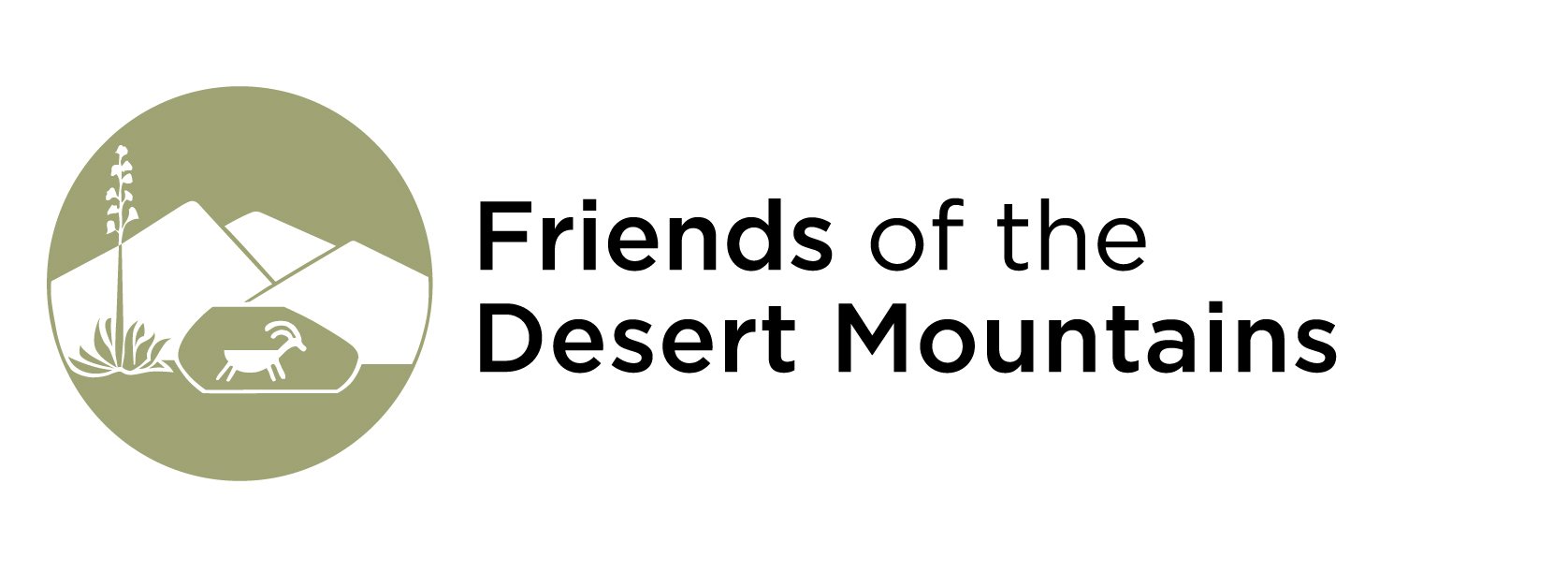The Wild Coachella Challenge: Week 2
What a week it's been in the desert (for better or worse…)! The number of species observed in the Wild Coachella Challenge project has more than doubled to well over 500, and the total number of observations has soared to more than 3,500! Here are a couple of highlights:
This desert broomrape (Aphyllon cooperi) on the Indio Hills Badlands Trail appears to have been partially uncovered by the recent rains. Broomrapes are an interesting group of parasitic plants that, unlike almost all plants on Earth, produce no chlorophyll and are not able to use photosynthesis to create energy from sunlight. Instead, they "steal" nutrients from the roots of other plants (in this case, a nearby white bursage/burrobush, Ambrosia dumosa). It's pretty rare to see broomrapes growing above ground, so it's always a special treat to see one blooming!
A desert spiny lizard (Sceloporus magister) that has lost its tale. Lizards are well known for practicing "autotomy", or self-amputation. They can detach all or part of their tail when caught by a predator and attempt to escape while their still-wriggling tail stays behind as a distraction. Lizards in general are well suited to the arid environment of the Coachella Valley, and desert spiny lizards in particular seem to thrive not only in their native habitat, but in our neighborhoods and backyards: check out all the observations in the middle of town!
I had planned to use the email this week to invite you to a series of "Wild Coachella Challenge" event where we could all explore and observe different parts of the Coachella Valley together. However, our first priority is the health of ourselves, our families, and our community, and we've cancelled all of our public events for at least the rest of the month to help stop the spread of COVID-19. And yet, even the "shelter in place" guidelines now in effect in other parts of California specifically consider "outdoor activity, such as walking, hiking or running, as long as you stay at least six feet away from other people" to be an essential activity worth leaving your residence for.
So how can you continue to stay healthy while still discovering the amazing flora and fauna of the Coachella Valley? First, follow the most up-to-date health guidelines from the appropriate authorities. Follow the same safety precautions you would normally use when venturing outdoors: check the weather, bring plenty of food and water, and stay on the trail. Avoid heavily used trails (like the Bump & Grind). Here are few options that are generally not very crowded (and still count for the Wild Coachella Challenge!):
The Pacific Crest Trail (near Whitewater)
Lost Palms Trail (Joshua Tree National Park)
Sawmill Trail (the Cactus Spring Trail starts at the same place)
Cedar Spring Trail (everything after the first half mile or so is in the challenge area)
There is also plenty of wildlife much closer to home: in your yard, on short walks around the block, or even buzzing around your porch lights in the evening. This "urban wildlife" is all around us, especially if you have some desert landscaping to encourage them. Ants, bees, butterflies, moths, backyard birds (and desert spiny lizards!) are all an important part of the biodiversity of the Coachella Valley, too!
I'm looking forward to seeing what you find. Stay well, and I'll see you (eventually!) on the trail.
Colin Barrows
Friends of the Desert Mountains
